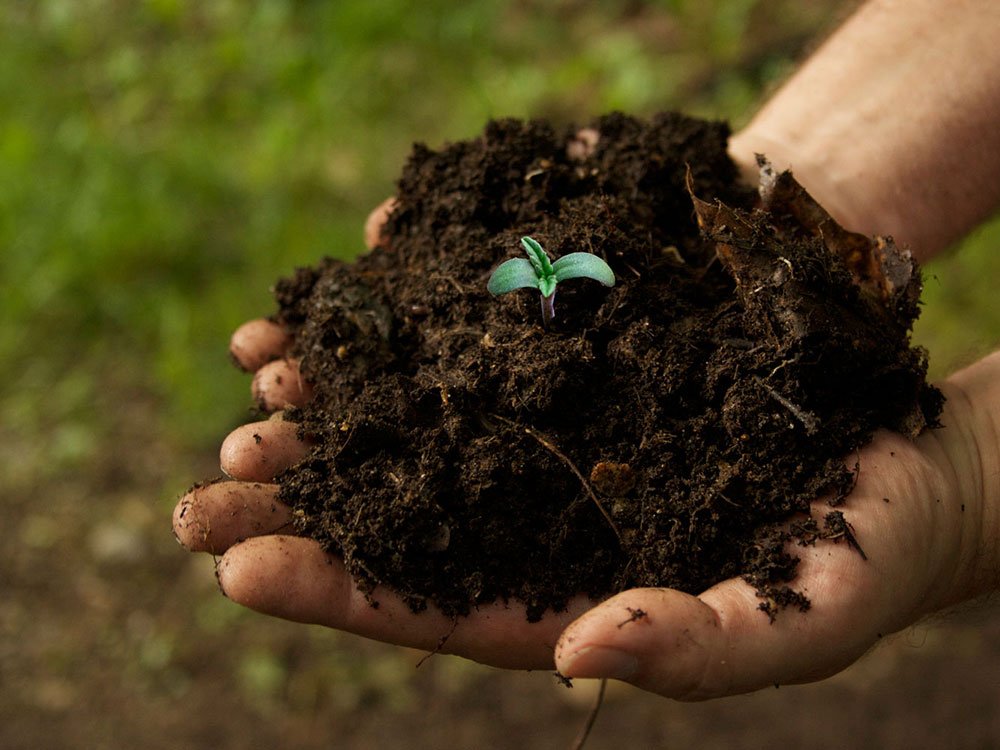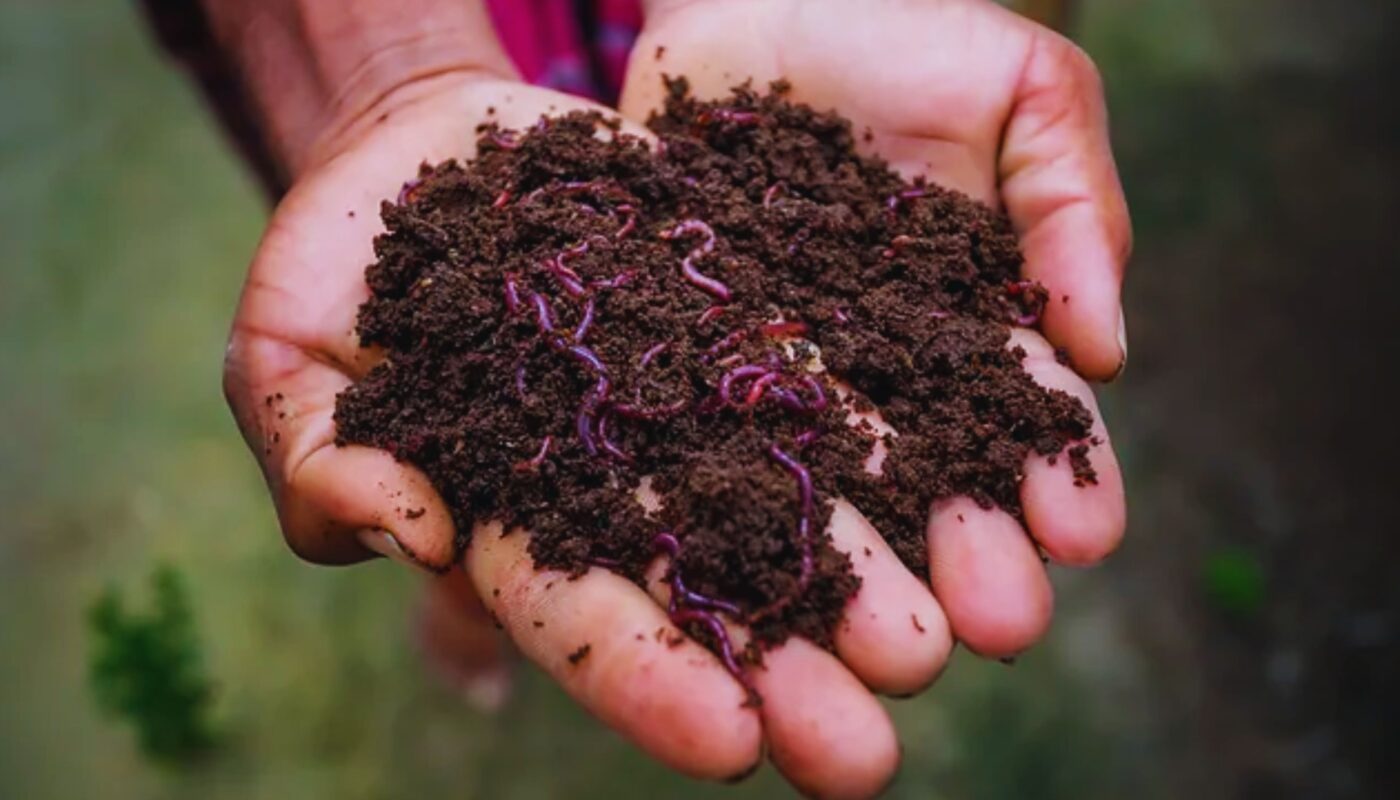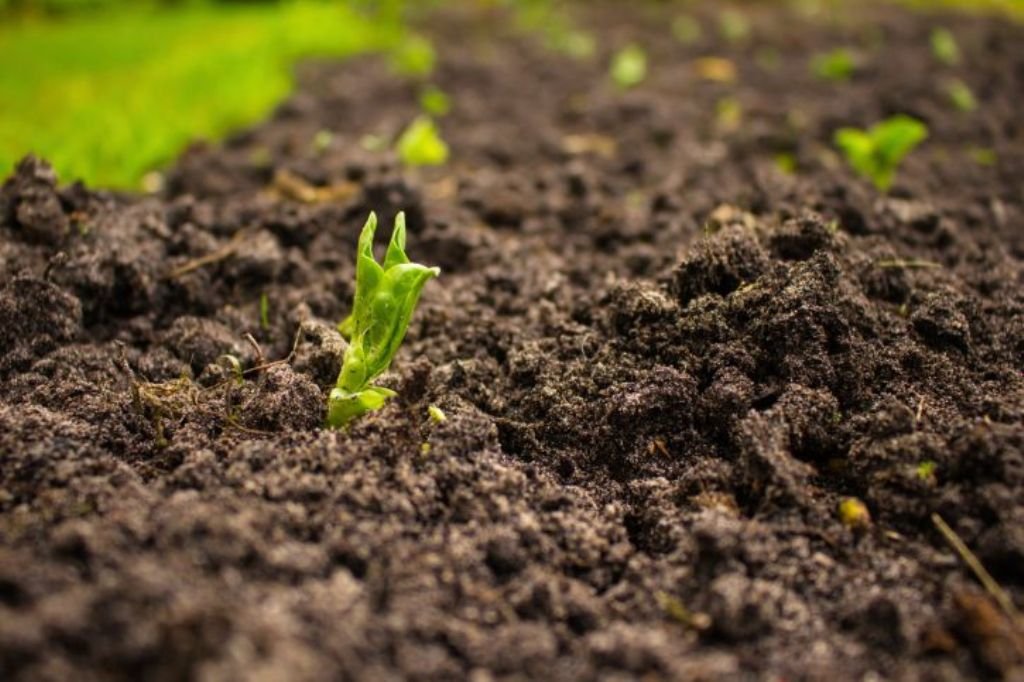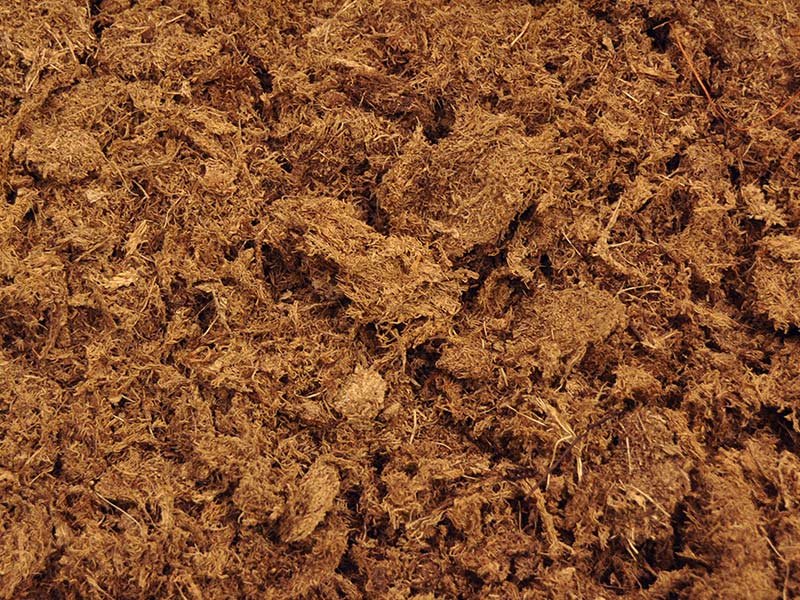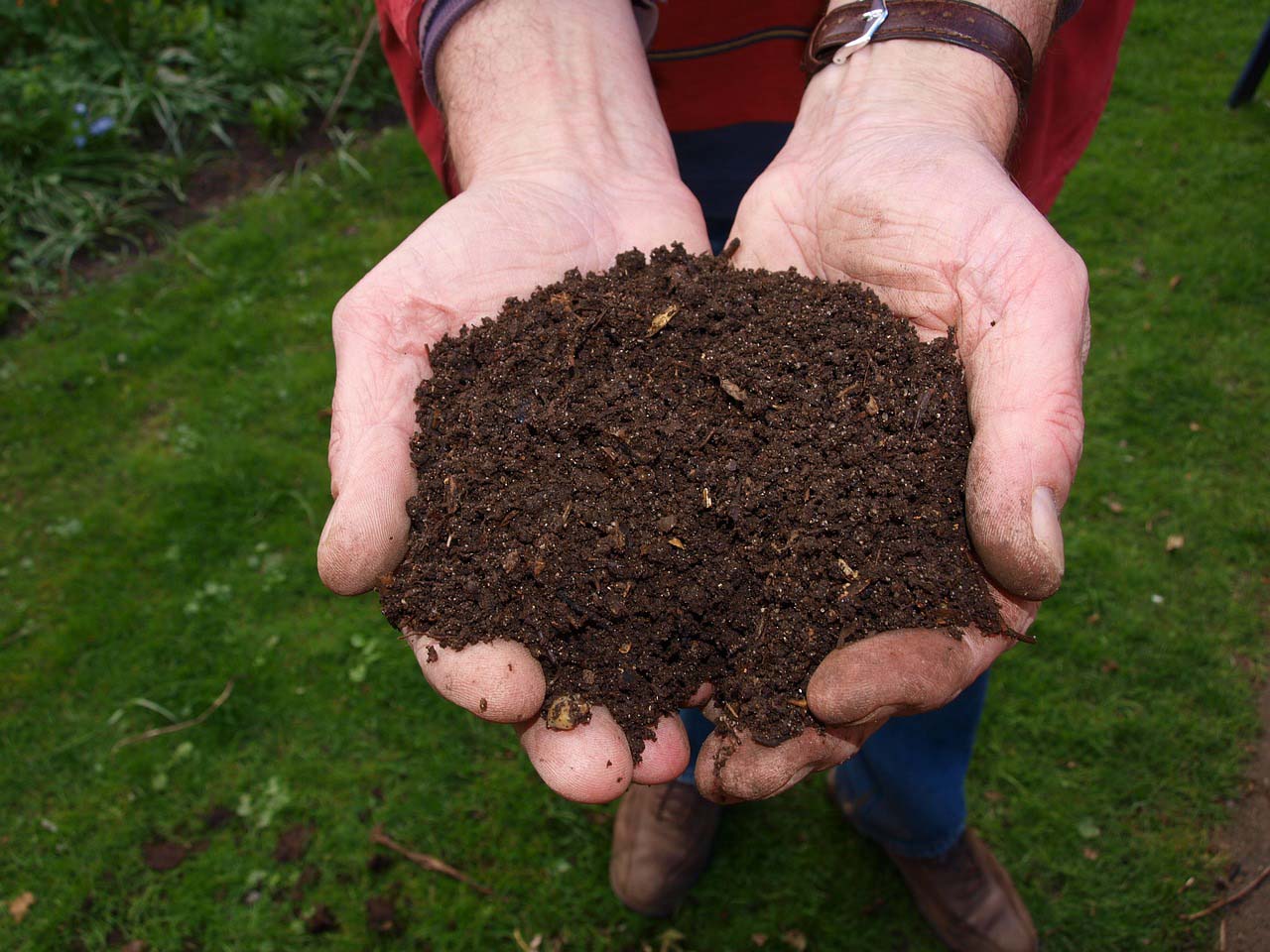Welcome to our blog that is a guide on How to make Vermicompost. Discover the secrets of creating nutrient-rich vermicompost with our comprehensive guide! Learn how to harness the power of earthworms to transform kitchen scraps and garden waste into a powerhouse organic fertilizer. Start your journey towards healthier soil and vibrant plants today!
What is Vermicompost
Vermicompost is a nutrient-rich organic fertilizer and soil conditioner produced through the decomposition of organic matter by earthworms. Essentially, it’s the product of letting worms feast on organic waste like kitchen scraps, garden debris, or manure. As they consume this material, the worms break it down into finer particles, enriching it with beneficial microorganisms and nutrients. Vermicompost is highly valued for its ability to improve soil structure, enhance soil fertility, as well as promote healthy plant growth. It’s often used in organic farming and gardening as a sustainable alternative to chemical fertilizers.
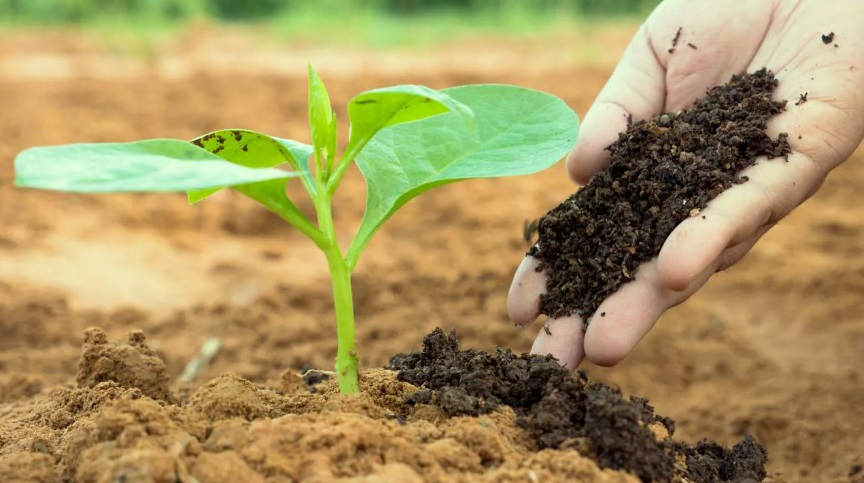
How to Make Vermicompost
- Choose a Worm Bin: You’ll need a container to house your worms. This can be a commercially available worm bin or a DIY setup made from materials like plastic bins or wooden crates.
- Add Bedding: Start by adding bedding material to the bottom of your worm bin. Good bedding materials include shredded newspaper, cardboard, coconut coir, or aged compost. Moisten the bedding until it’s about as damp as a wrung-out sponge.
- Introduce Worms: Purchase composting worms, such as red wigglers (Eisenia fetida) or redworms (Lumbricus rubellus), and add them to the bin. Start with a small population, around 1,000 worms.
- Feed the Worms: Begin adding organic waste to the worm bin. Kitchen scraps like fruit and vegetable peelings, coffee grounds, tea bags, and eggshells are excellent choices. Avoid adding meat, dairy, oily foods, and citrus fruits, as these can attract pests or harm the worms.
- Maintain Moisture and Aeration: Keep the bedding and food moist but not waterlogged. Add water as needed to maintain the proper moisture level. Periodically fluff the bedding to ensure good aeration and prevent compaction.
- Cover and Monitor: Cover the worm bin with a breathable lid to keep pests out and maintain moisture. Check on the worms regularly to ensure they’re healthy and active. Adjust feeding rates as needed based on how quickly the worms consume the food.
- Harvest the Vermicompost: After a few months, the bedding and food scraps will have been transformed into rich, dark vermicompost. You can harvest the vermicompost by removing it from the bin and separating it from any remaining bedding and worms. Use the vermicompost to enrich your garden soil or potted plants.
- Start Again: Once you’ve harvested the vermicompost, you can add fresh bedding and food scraps to the worm bin to continue the composting process.
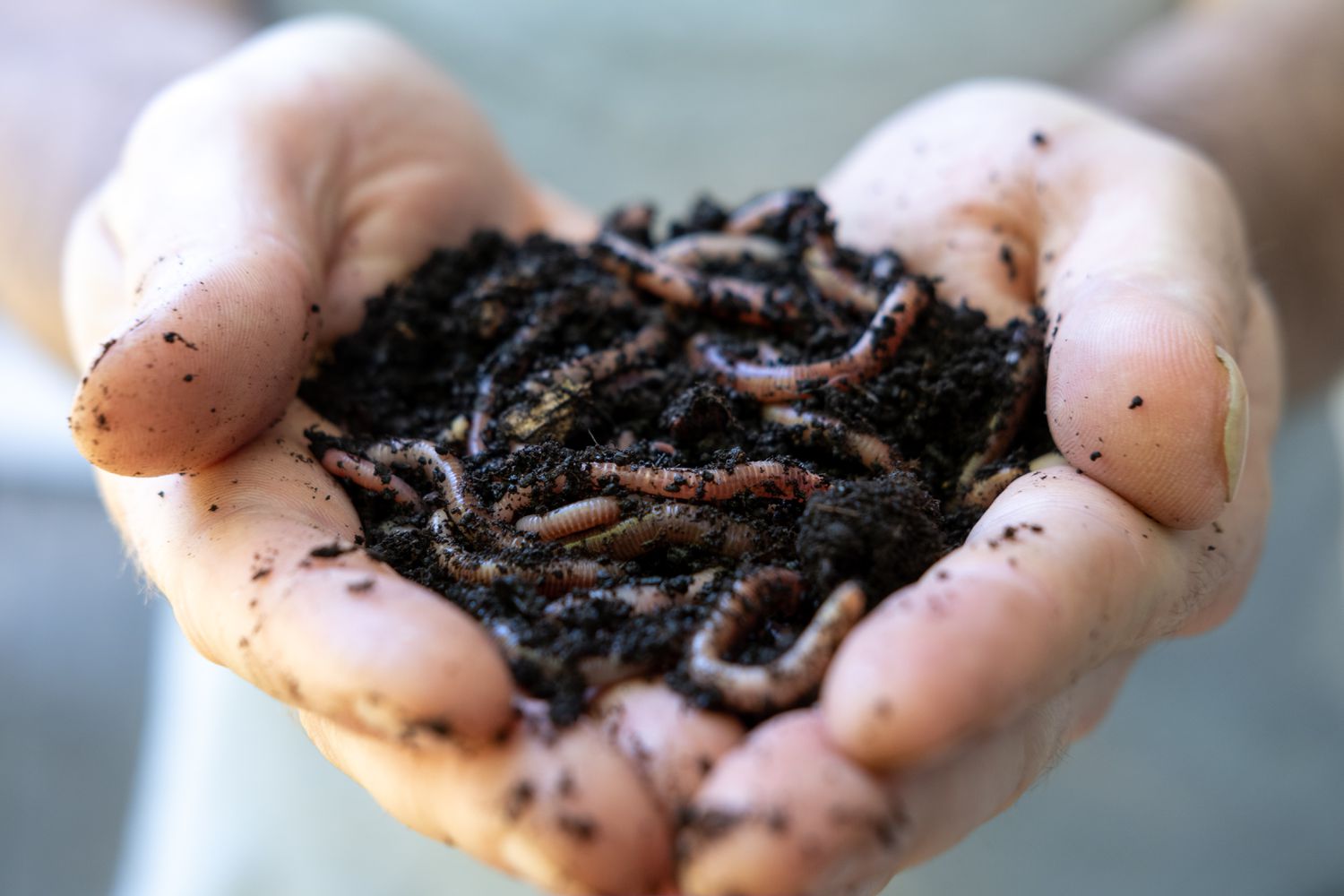
Benefits for Plants
- Nutrient-Rich Soil Amendment: Vermicompost is packed with essential nutrients such as nitrogen, phosphorus, potassium, calcium, and magnesium, as well as trace minerals. These nutrients are released slowly over time, providing a natural and balanced fertilizer for plants.
- Improved Soil Structure: Vermicompost helps to improve soil structure by increasing its water-holding capacity, porosity, and aeration. This enhanced soil structure promotes root growth and allows plant roots to access nutrients more effectively.
- Suppression of Plant Diseases: Vermicompost contains beneficial microorganisms such as bacteria and fungi that can help suppress harmful pathogens in the soil. These microorganisms can contribute to a healthier soil microbiome, reducing the risk of plant diseases.
- Enhanced Plant Growth and Yield: The nutrients and beneficial microorganisms in vermicompost promote vigorous plant growth, increased flowering, and higher yields in crops. Plants grown in vermicompost-amended soil often exhibit improved resilience to environmental stresses such as drought and disease.
- Reduction of Chemical Fertilizer Dependency: Using vermicompost reduces the need for synthetic chemical fertilizers, which can be harmful to the environment and contribute to soil degradation over time. Vermicompost provides a sustainable alternative that supports long-term soil health and fertility.
- Environmental Benefits: Vermicomposting helps to divert organic waste from landfills, where it would otherwise contribute to methane emissions and environmental pollution. By recycling organic waste through vermicomposting, you can reduce greenhouse gas emissions and minimize your environmental footprint.
- Low-Cost and Easy to Produce: Vermicompost can be produced relatively inexpensively and on a small scale, making it accessible to home gardeners, farmers, and commercial growers alike. With the right setup and care, vermicomposting can be a simple and rewarding way to recycle organic waste and improve soil quality.
